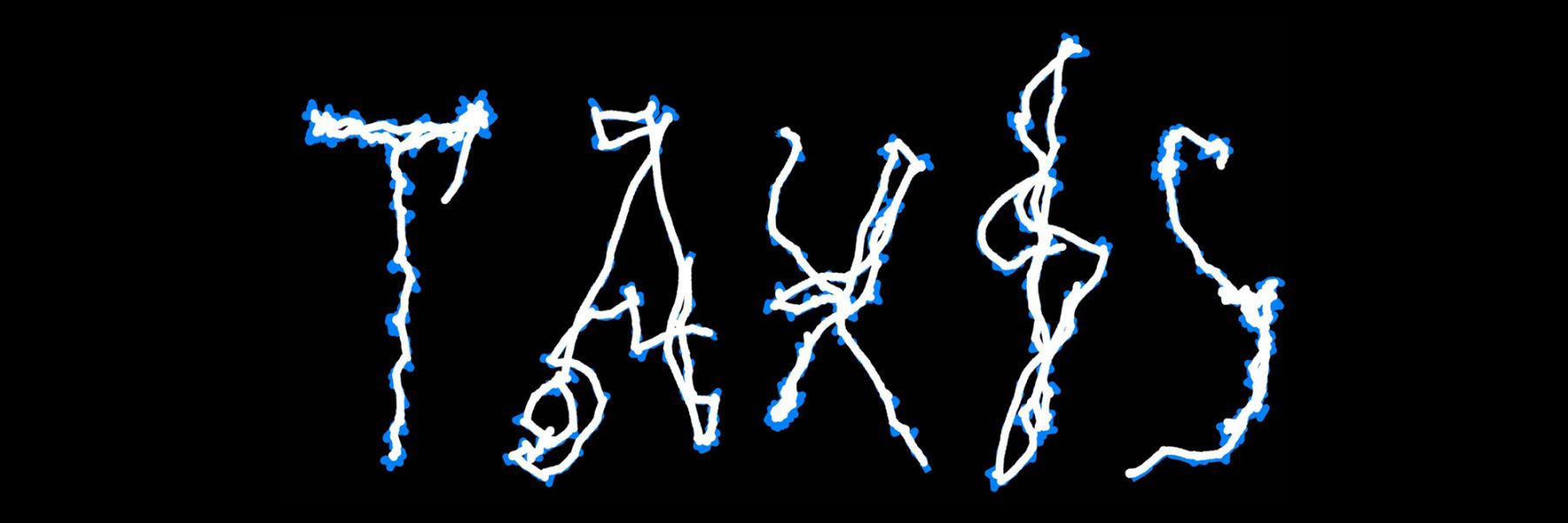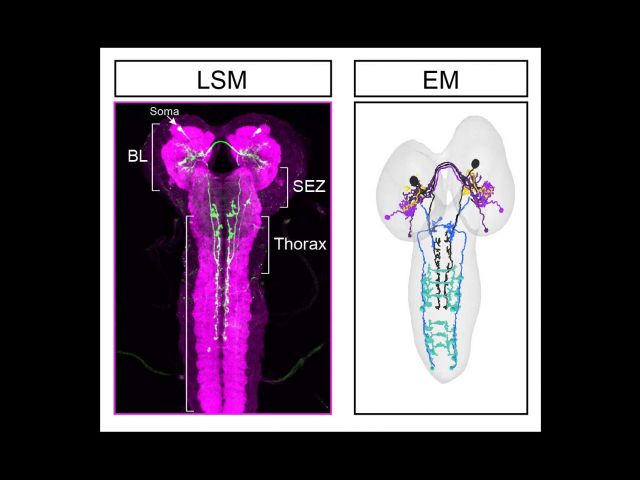Join the Louis Lab
Interested in joining our lab?
Welcome to Sensory Systems and Behavior Lab
Overview
The research of our group aims to understand how odor tracking (chemotaxis) comes about in terms of neural-circuit computations. We tackle this problem in the fruit fly Drosophila melanogaster larva, which possesses fewer than 10,000 neurons organized in a central brain. Using a combination of experimental and computational methods, we follow an integrative approach to model the algorithms that direct navigation in odor gradients and to unravel the neural implementation of these algorithms. We are seeking to map and to functionally characterize the neural circuits participating in the conversion of olfactory information into navigational decisions. Our long-term goal is to conduct a comparative analysis of the neural-circuit computations underlying differences in chemotactic behaviors in the Drosophila group. We believe that understanding how perceptual decision-making is organized in a small insect brain will reveal conceptual building blocks to study similar processes in higher-order organisms.
Our Approach
Studying the brain is at the crossroad between different disciplines. To rise to this challenge, our lab embraces interdisciplinary approaches. Molecular neurogenetics permits us to label and manipulate the activity of single neurons. Bioengineering inspires new assays that mimic natural environments or create virtual sensory realities. We borrow tools and concepts from Physics to model the emergence of perception and decision making. To reach a mechanistic understanding of brain functions, our strategy is twofold. First, we let animals guide us toward essential problems that their brains have evolved to solve. For this reason, we view behavior as the cornerstone of systems neuroscience. Second, progress in neuroscience requires treating the brain as a complex dynamical system. We use computational modeling to integrate data pertaining to different scales —from macroscopic motor responses all the way down to the spiking activity of a single cell— in a mathematical framework where mechanistic hypotheses can be rigorously formulated and tested. Our lab members bring their individual expertise together to study brain functions in all their complexity through an interplay between experimentation and theory.







